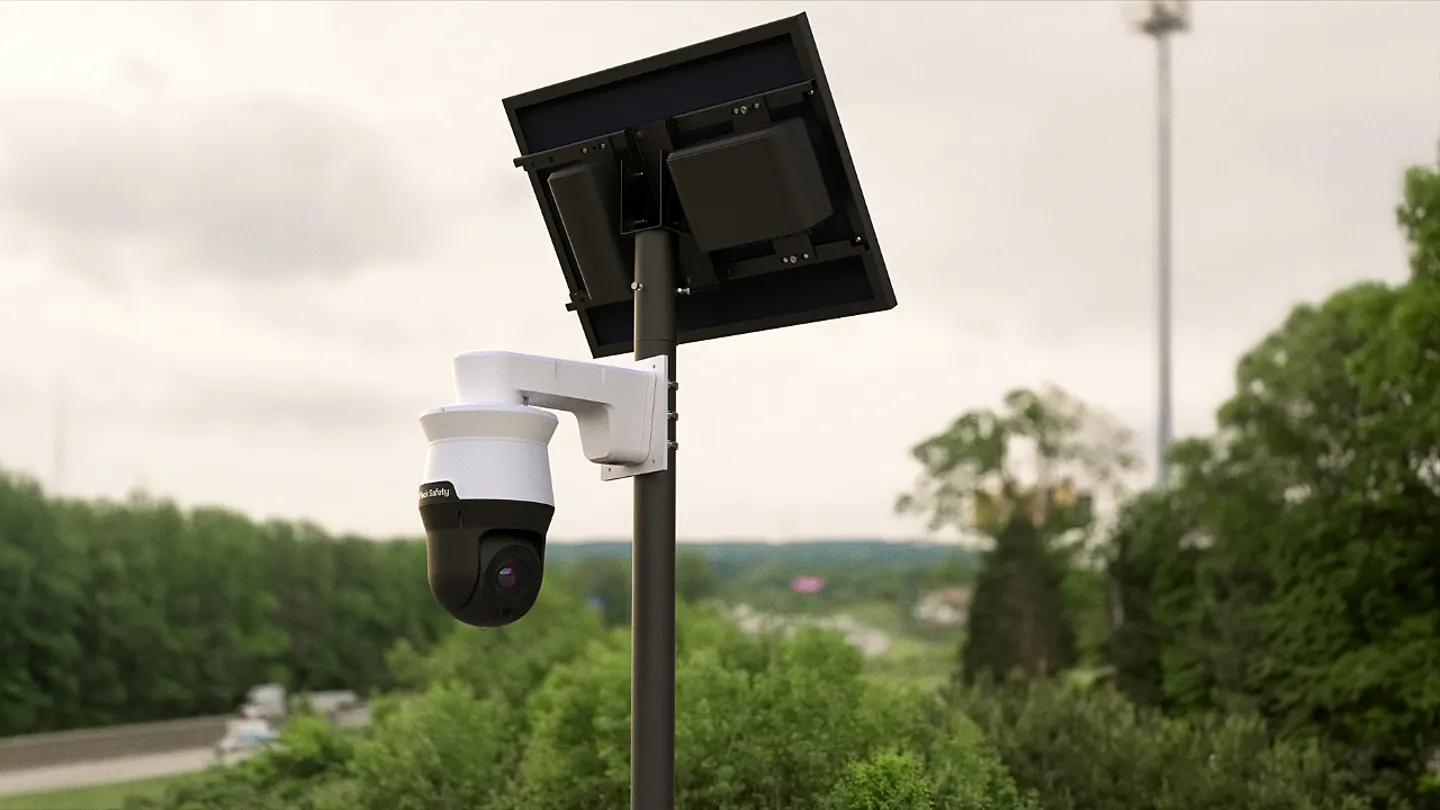This op-ed originally appeared in Deseret News on October 27, 2024.
Young couples and others trying to save money to buy their own home face an uphill battle. With rising rents and a limited supply of housing, finding an affordable place to live is a real challenge.
One solution is for city councils, planning commissions and staff to collaborate on reforming Accessory Dwelling Unit (ADU) regulations. An accessory dwelling unit is a residence that occupies the same lot as a primary dwelling. They are referred to by a wide variety of less formal names, including “basement apartment,” “mother-in-law suite,” “backyard cottage” and more.
The current status of ADUs in Utah
In 2021, Utah passed a law that legalized a specific type of ADU, the “internal” ADU. Internal ADUs are those within the footprint of a home, such as a basement apartment. However, the “detached” ADU, or backyard cottage, was not included in the bill. This leaves backyard cottages subject to various restrictions depending on the city or county. For example, some cities outright prohibit them, while others place strict size limits and lot size requirements on them.
Can backyard cottages really help?
For starters, backyard cottages don’t require government subsidies or burden Utah taxpayers. They do, however, help someone save up money to buy their own house. For example, a young couple renting a backyard cottage could allocate more of their income toward savings because small cottages have lower rent, utility and maintenance costs compared to traditional housing.
Beyond providing affordable living options for renters, backyard cottages can also benefit homeowners. The rental income from the backyard cottage can help them cover their own housing and living expenses. Additionally, with millions of homes in Utah that could potentially add backyard cottages, even a small percentage building these units could significantly reduce our housing shortage.
Backyard housing: not a new idea
While ADUs have gained attention recently, the concept of additional housing on a single lot is not new. In fact, ADUs date back centuries. For example, the “carriage house” was a unit designed for a horse and buggy on one floor with an upstairs loft area often used as its own living space. This long-standing idea highlights the enduring practicality of backyard housing options.
Grounded in principles of personal freedom
In addition to providing more low-cost housing that doesn’t require government subsidy, backyard cottages promote an aspect of personal freedom — the right to use your land as you see fit. By allowing homeowners to create additional living spaces on their property, backyard cottages empower people to make choices that best suit their needs. This flexibility reinforces the idea that property owners should have the autonomy to manage their own land, contributing to both economic opportunity and personal liberty.
Keeping Grandma close to family
Backyard cottages also offer benefits beyond affordability. They provide opportunities for older adults or disabled people to live close to their families — while still maintaining some independence. Backyard cottages in particular allow these residents to have their own space while staying within reach of loved ones who can assist them when needed.
It’s time to rethink ADU ordinances
Given Utah’s growing demand and high housing costs, it is crucial for policymakers to reduce the regulations surrounding backyard cottage construction. By adopting less restrictive ordinances, Utah can empower more homeowners to build backyard cottages, thereby creating additional housing and alleviating pressure on the market.
Wise ordinance changes would include allowing backyard cottages to be built closer to property lines, making them larger or taller, and permitting them in all residential zones. These reforms would help urban, suburban and rural communities alike benefit from the flexibility and affordability that backyard cottages can offer.





